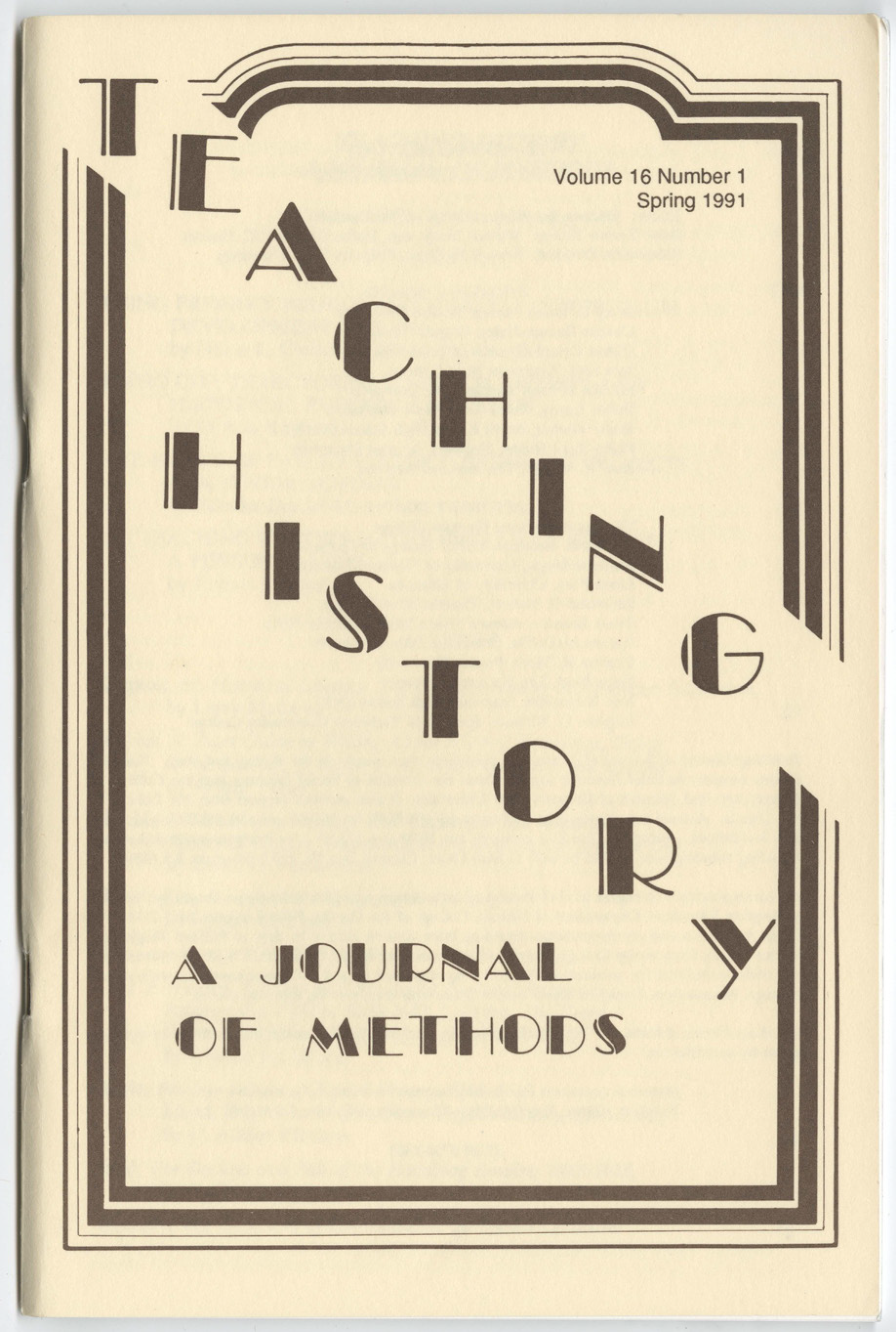Using Primary Source Materials
A Curriculum Development Process
DOI:
https://doi.org/10.33043/TH.16.1.3-13Abstract
How do students learn history? How can teachers ensure attention to the details of the past, develop historical investigation skills, and stimulate a creative response to historical materials? It is not an easy task. And complaints of failing to teach a common cultural context to all students are becoming louder and louder. Historians blame teachers for the lack of basic knowledge college students bring to their introductory classes. Educators complain that historians have failed to provide a compelling synthesis and a model for integrating social history scholarship into textbooks and course syllabi. In addition, teachers complain most college instructors have little understanding of the nature of teaching elementary and secondary students.
For several years the Education Department of the Minnesota Historical Society and the Elementary Education Program in the Department of Child and Family Development at the University of Minnesota, Duluth, have collaborated on a class for teachers in which the study and teaching of history are given equal weight. The development of "historical mindedness" for teachers and students has been a primary goal of the collaboration. The characteristics of historical mindedness include: "a sensitivity to how other times and places differ from our own; awareness of basic continuities in human affairs over time; ability to note and explain significant changes; sensitivity to multiple causation; and an awareness that all written history is a reconstruction that inadequately reflects the past as it really happened." Out of this collaboration has evolved a model for teaching history curriculum development. The class uses primary sources as the basic textbook through which teachers both study a topic and write curriculum. The primary goals of the class are to help teachers develop "historical mindedness" and to use this understanding to create materials that help students at particular developmental stages to also become "historical minded." Within the framework of these overarching goals, which may not be realized for many years, there are many historical skills younger people can practice, historical concepts they can begin to understand, and historical topics they can investigate.
Downloads
Downloads
Published
How to Cite
Issue
Section
License
Copyright (c) 1991 Helen L. Carson, Maureen Otwell

This work is licensed under a Creative Commons Attribution-NonCommercial-NoDerivatives 4.0 International License.
By submitting to Teaching History, the author(s) agree to the terms of the Author Agreement. All authors retain copyrights associated with their article or review contributions. Beginning in 2019, all authors agree to make such contributions available under a Creative Commons Attribution-NonCommercial-NoDerivatives 4.0 International license upon publication.



